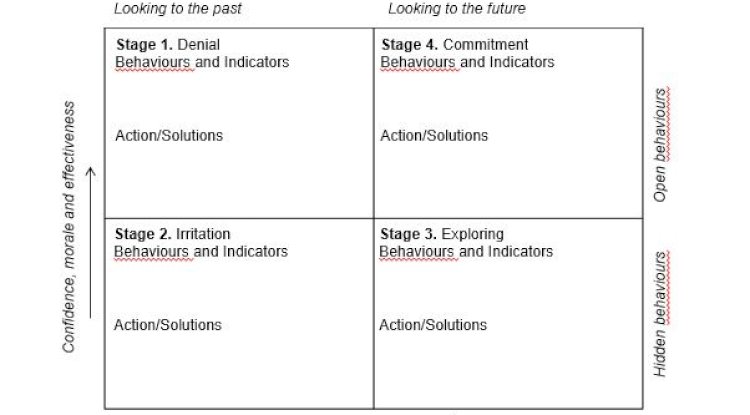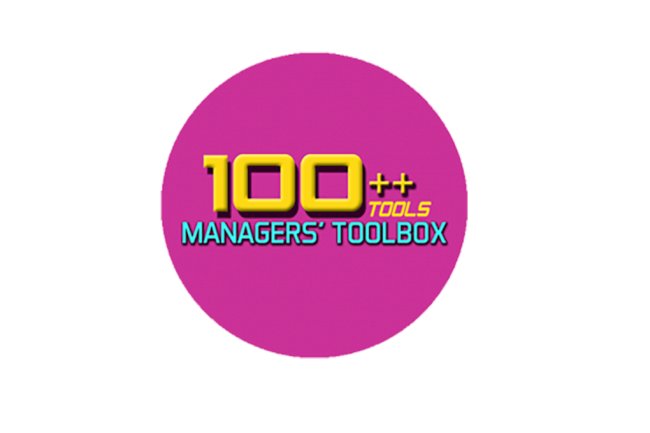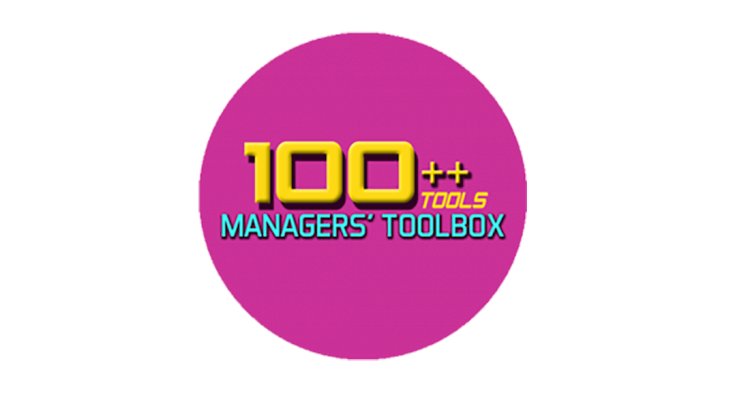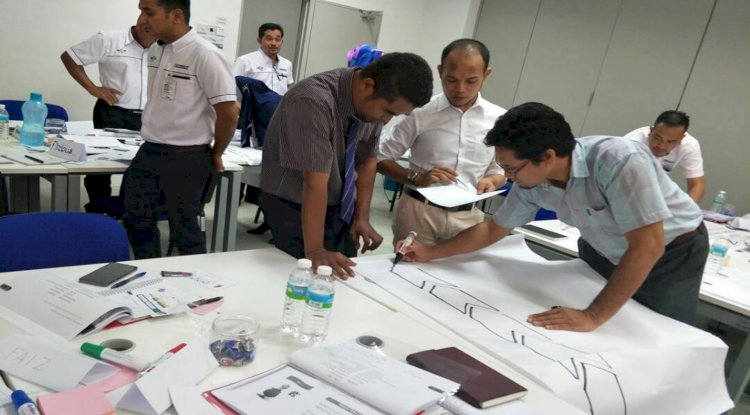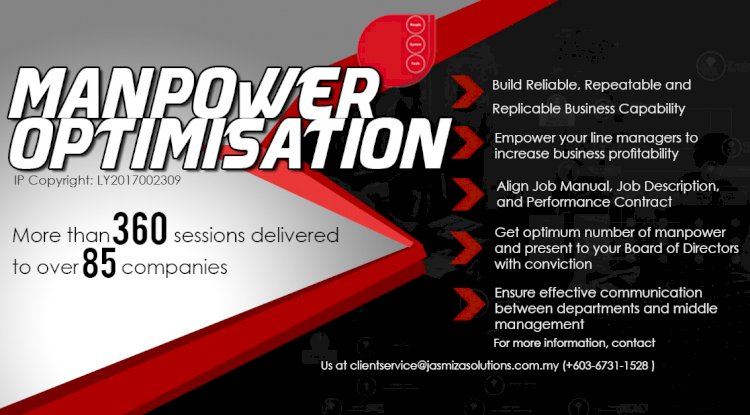100 Managers' Toolbox: Change Cycle
Change Cycle
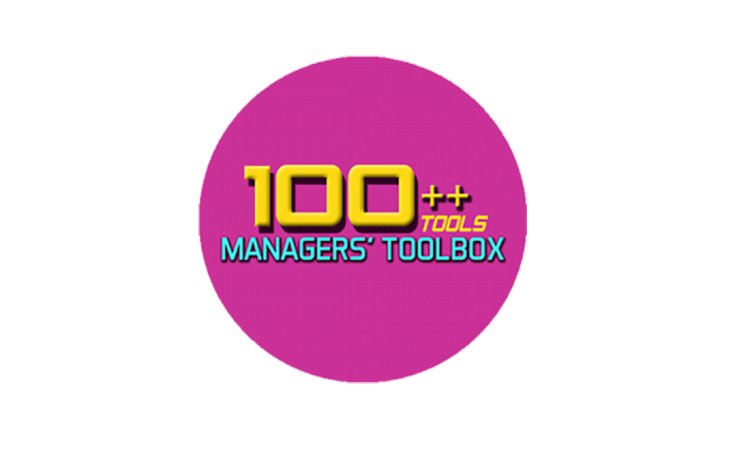
What you get
A means of explaining, understanding and securing buy-in to the process of change.
Time
Half-an-hour to explain the model, 2 hours to develop ideas with a small group.
Number of people
It can be useful to explain the model everyone involved in a project. After the explanation, smaller groups of approximately six can brainstorm action plans
Equipment
It can be useful to explain the model to everyone involved in a project. After the explanation, smaller groups of approximately six can brainstorm action plans Copies of the model and the template opposite for all people in the team.
Method
- Explain that the model is being used to help work through the change that you are currently involved in or are proposing.
- Explain how the models works and the four stages that people pass through during a change (see the example).
- Use an example of a change that most people can relate to and discuss with the team how the model describes this change. You could use your own example from the following exercise.
- Get the team to discuss and brainstorm the types of behaviour that they would expect to see during each of the four stages in relation to the current project. (For larger teams, split into smaller groups of approximately six)
- Review the behaviours and record them using the template opposite.
- Get the team to discuss and brainstorm suitable actions to address the behaviours they identify.
- Based on the list of ideas, agree on an action plan to help people work through and accept the current change. These actions should try to help people move forward towards the next stage of the model and acceptance of the change. (For large teams split into smaller groups.)
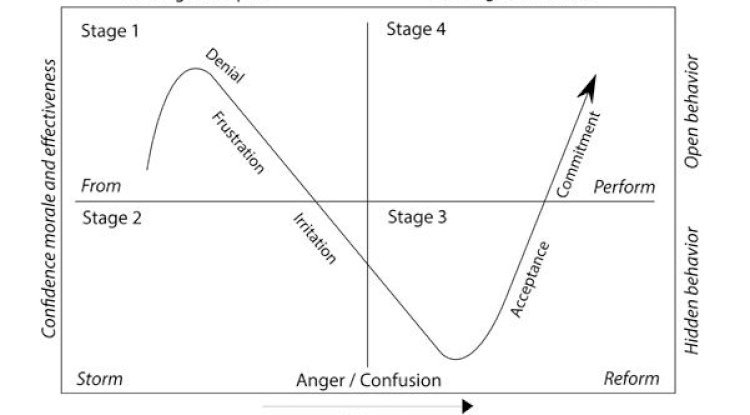
Example
the first stage is denial – that’s a good idea, but it won’t work here. This is followed by irritation or anger – look, we told you it wouldn’t work. During the third stage people start to explore the idea – maybe there’s something to this. The final stage is commitment to the new idea – I always knew that this would work.
Exercise
Use the model and template to think about moving to a new house.
Key points
Effectiveness tends to suffer while people work through the stages before committing to the new idea. Ideally, you want people to get to the commitment stage as quickly as possible. It is worth considering that different people may be at different stages in the cycle.
Getting the group to work through the model is the stage in achieving buy-in and commitment be cautious if things seem to be going well. During the more difficult stages people’s behaviour tends to be hidden.
Early in the project, people will tend to look backwards to the security of what they already know. Change and the future can be unsettling for some people.
Additional comments
If anyone is cynical about the model, don’t worry; they are just working through the first two stage.
Many projects are greeted with initial enthusiasm – about time something got done. This tends to disappear when people realise that they will also have to change.
The four stages are similar to what happens with a new team. First it forms, then it storms (arguments), hopefully it then reforms so that it can start to perform.
Other information
Based on concepts from E. Kubler Ross, On Death and Dying, Collier Books, 1983.
